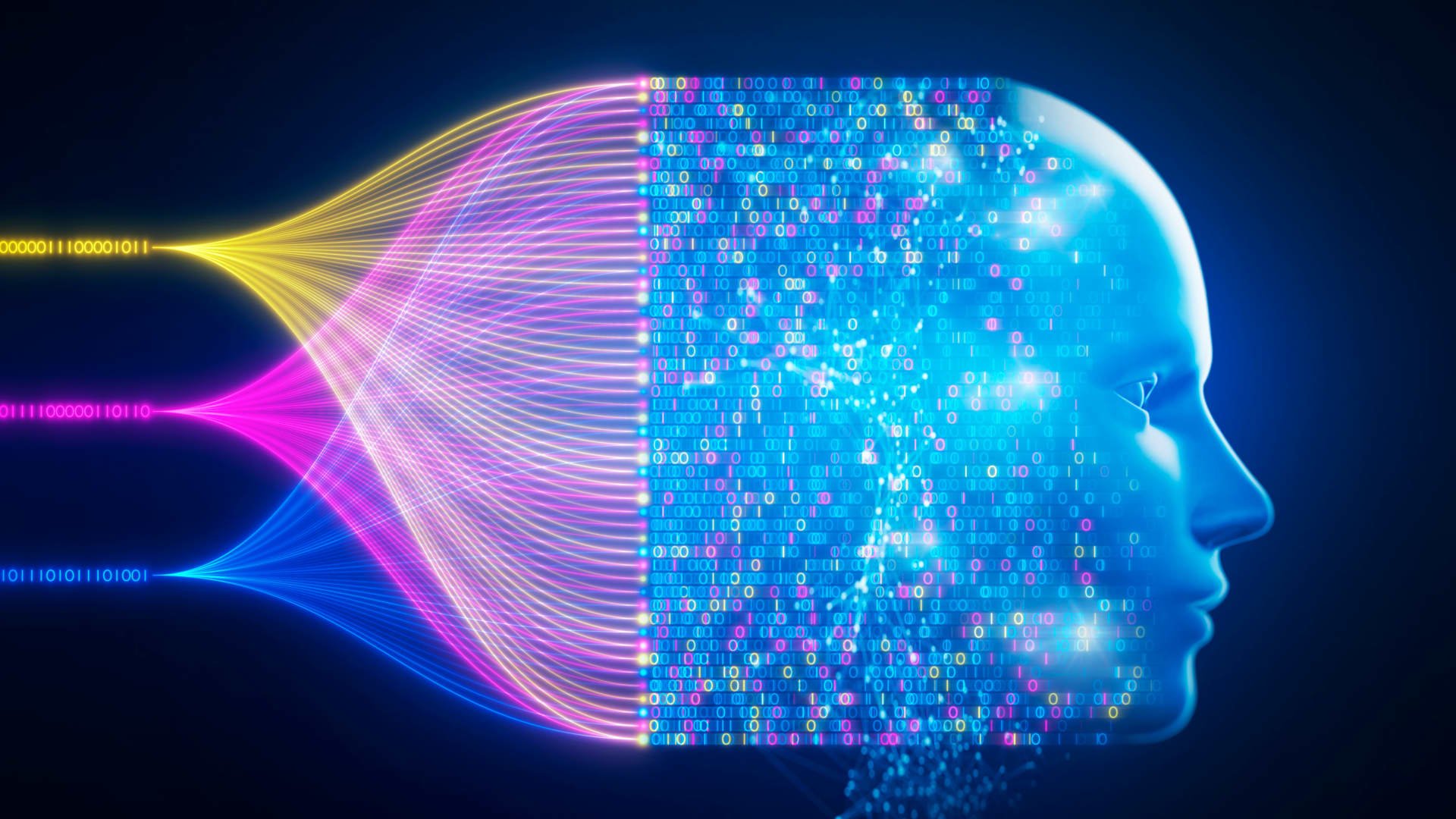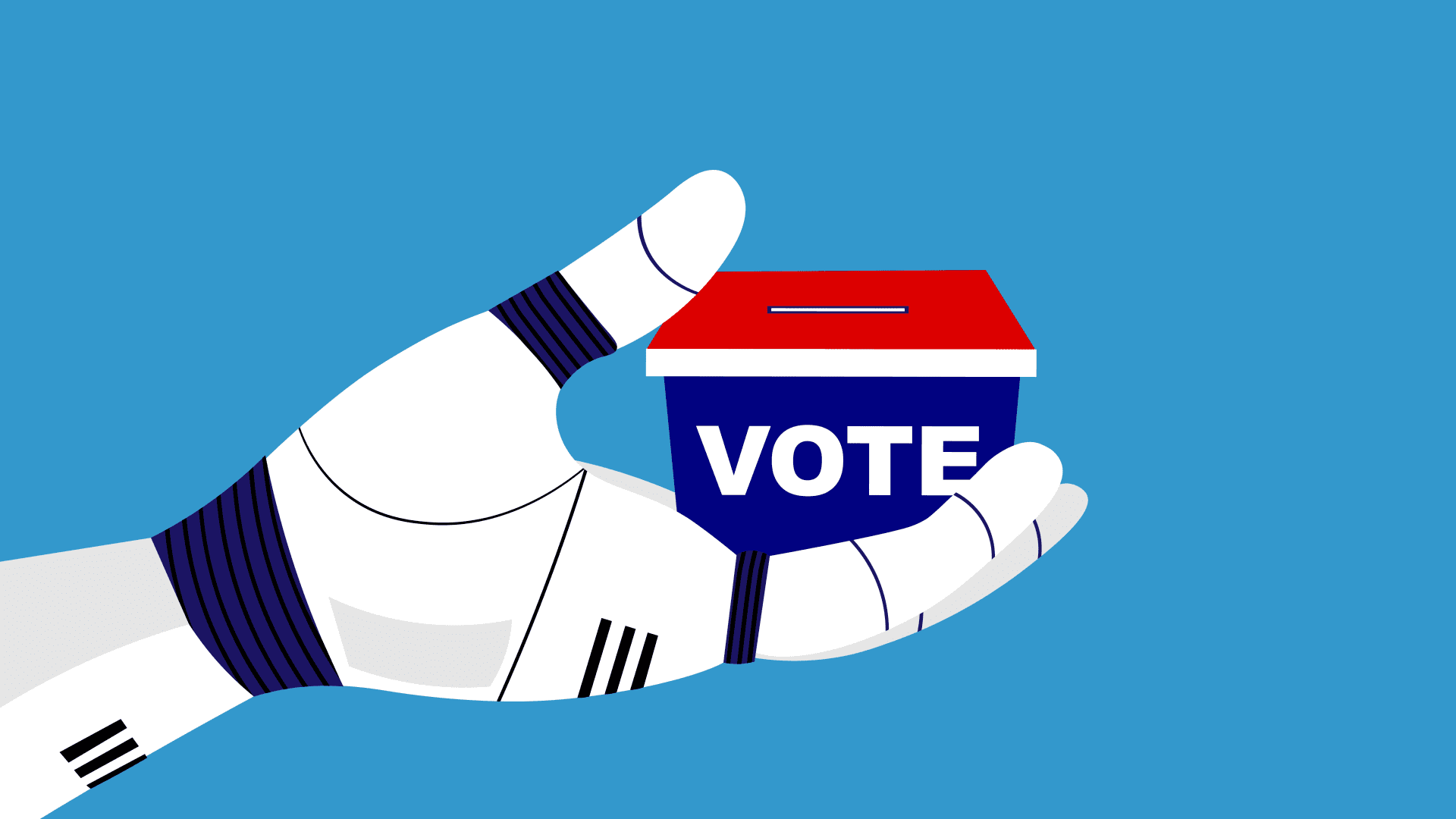Undress.AI: The Controversial Technology That's Raising Eyebrows Worldwide
Imagine a technology that can digitally remove clothing from photos with just a click. Sounds like something out of a sci-fi movie, right? But it's real, and it's called Undress.AI. This controversial AI tool has sparked debates across the globe about privacy, consent, and ethics in the digital age. As we dive deeper into this topic, you'll discover why this technology is making waves and what it means for our online safety.
Let's be real here - the internet has always been a wild place. But with advancements in AI, we're entering uncharted territory. Undress.AI represents a new frontier in digital manipulation, where technology can alter reality in ways we never imagined. The implications are massive, and we need to talk about it.
Before we get into the nitty-gritty, let me set the stage. This isn't just about one tool - it's about the broader implications of AI in our lives. We'll explore how Undress.AI works, the ethical dilemmas it presents, and what it means for the future of digital privacy. So buckle up, because we're about to take a deep dive into some serious territory.
What Exactly is Undress.AI?
At its core, Undress.AI is an AI-powered tool designed to digitally remove clothing from images. Think of it like Photoshop on steroids. The technology uses advanced machine learning algorithms to analyze images and create realistic simulations of what someone might look like without clothing. Crazy, right?
Here's the kicker - this isn't some clunky software that takes hours to process images. We're talking about lightning-fast processing that can handle complex images in seconds. The technology has become so sophisticated that even experts have trouble distinguishing between altered and original images.
How Does Undress.AI Work?
Let me break it down for you. The tool uses something called deep learning networks, which are basically super-smart algorithms that learn from massive amounts of data. These networks analyze patterns in images and use that information to generate realistic simulations. It's like teaching a computer to think like an artist.
- Step 1: The AI analyzes the original image and identifies key features
- Step 2: It compares these features to a database of similar images
- Step 3: Using complex algorithms, it generates a realistic simulation
- Step 4: The final image is created, often with stunning accuracy
Now here's where things get interesting - the technology keeps getting better. With each new image processed, the AI learns and improves, making it even more powerful. It's like watching a toddler grow into a genius.
The Ethical Dilemmas Surrounding Undress.AI
Let's talk about the elephant in the room. The ethical implications of Undress.AI are massive. On one hand, the technology has potential applications in fashion and media. On the other hand, it raises serious concerns about privacy and consent.
Imagine someone taking your photo and using it without your permission. Now imagine that same photo being altered to show you in a compromising position. That's the reality we're facing with this technology. It's not just about privacy - it's about basic human dignity.
Consent and Control in the Digital Age
Here's the deal - when you post a photo online, you're giving up a certain level of control. But with tools like Undress.AI, that control gets even more complicated. How do you protect your digital image when anyone can alter it with a few clicks?
Experts are divided on how to handle this. Some argue that the technology itself isn't the problem - it's how people choose to use it. Others believe that these tools are inherently dangerous and should be regulated. The truth is probably somewhere in the middle.
Legal Implications and Current Regulations
Let's talk about the law. Right now, there's a massive gray area when it comes to digital manipulation. Most countries don't have specific laws addressing tools like Undress.AI. That means people can use them with little to no consequences.
Here's what we know so far:
- Some countries are starting to draft legislation
- Existing privacy laws may apply in certain cases
- Platforms are struggling to keep up with new technologies
It's like trying to catch a speeding car with a horse-drawn carriage. The technology is moving so fast that the legal system can't keep up. But that doesn't mean we shouldn't try.
Impact on Privacy and Personal Safety
Let's be real - this technology has the potential to do serious harm. Imagine being a victim of digital harassment. Now imagine that harassment includes altered images that look completely real. It's not just about embarrassment - it's about safety.
Experts warn that tools like Undress.AI could lead to an increase in cyberbullying and harassment. Victims might face not just emotional distress but also potential harm to their careers and relationships. It's a scary thought, but one we need to confront.
Steps You Can Take to Protect Yourself
Here's the good news - there are steps you can take to protect your digital image. First, be careful about what you post online. Second, use privacy settings on social media platforms. Third, educate yourself about digital manipulation tools.
It's like putting locks on your doors - no guarantee of safety, but it helps. The key is awareness. The more you know about these tools, the better equipped you'll be to protect yourself.
Future Developments and Technological Advancements
Here's the thing - this technology isn't going away. In fact, it's only going to get more advanced. Researchers are already working on ways to make these tools even more powerful. The question is - how do we manage this advancement responsibly?
Some experts suggest creating ethical guidelines for AI development. Others believe that regulation is the answer. The truth is probably a combination of both. It's like trying to balance a tightrope - one misstep and the whole thing could come crashing down.
Alternatives and Competing Technologies
Undress.AI isn't the only game in town. There are other tools out there that offer similar capabilities. Some are more advanced, while others are still in development. The landscape is constantly changing, and new players are entering the field all the time.
Here's a quick rundown:
- Other AI tools with similar capabilities
- Differences in technology and approach
- Potential applications in different industries
It's like a digital arms race - everyone's trying to outdo each other. The challenge is finding a way to advance technology while maintaining ethical standards.
Public Perception and Social Impact
Let's talk about how people are reacting to this technology. Social media is ablaze with discussions about Undress.AI. Some people see it as a fascinating development in AI. Others view it as a serious threat to privacy.
Here's the thing - public perception matters. The more people understand about these tools, the better equipped they'll be to handle the implications. It's like teaching someone to swim - you have to start with the basics before they can handle the deep end.
Building Awareness and Education
Education is key here. Platforms need to do a better job of informing users about digital manipulation tools. Schools should incorporate digital literacy into their curriculums. And individuals need to take responsibility for their own digital safety.
It's not just about protecting yourself - it's about creating a safer digital environment for everyone. Think of it like community policing - the more people are aware, the safer the community becomes.
Conclusion: Where Do We Go From Here?
Let's recap what we've learned. Undress.AI represents a powerful advancement in AI technology. But with that power comes responsibility. We need to have serious conversations about how to manage these tools responsibly.
Here's what you can do:
- Stay informed about digital manipulation tools
- Practice good digital hygiene
- Advocate for responsible AI development
Remember, the choices we make today will shape the digital landscape of tomorrow. So let's make them count. Share this article with your friends, leave a comment, and let's keep the conversation going. Because when it comes to our digital future, silence isn't an option.
Table of Contents
The Ethical Dilemmas Surrounding Undress.AI
Legal Implications and Current Regulations
Impact on Privacy and Personal Safety
Future Developments and Technological Advancements
Alternatives and Competing Technologies
Public Perception and Social Impact
Conclusion: Where Do We Go From Here?
Sources:
- Journal of Digital Ethics
- International Data Privacy Law
- AI Now Institute Reports



Detail Author:
- Name : Rhea Gleichner
- Email : trent72@hotmail.com
- Birthdate : 1994-02-27
- Address : 248 Vladimir Haven Suite 509 Littelton, UT 08132
- Phone : +1-941-474-1550
- Company : Schneider PLC
- Job : Management Analyst
- Bio : Sint veritatis ipsam voluptatem accusantium sunt. Est repellendus expedita voluptatem velit aliquid ut. Quisquam dolorum rerum expedita non dignissimos.